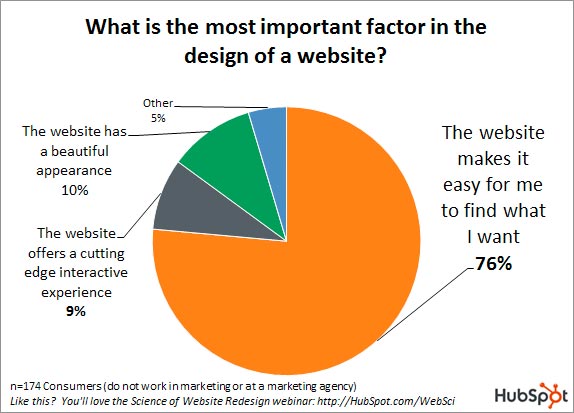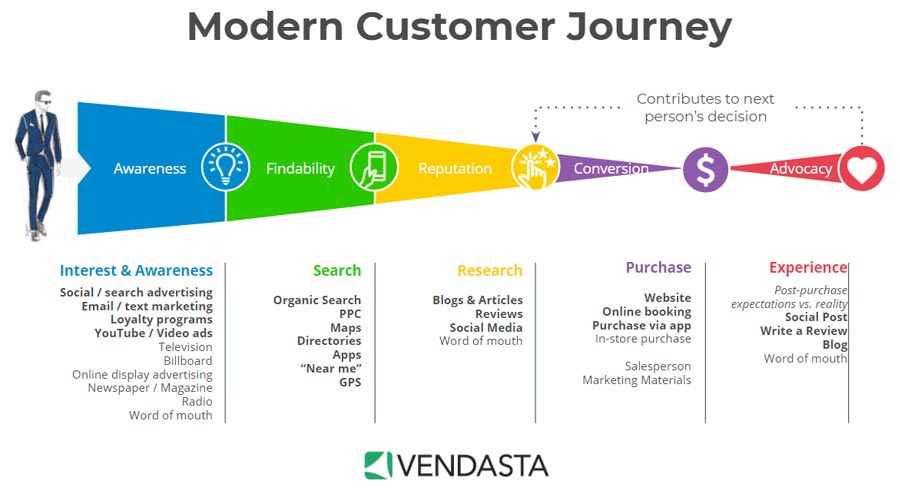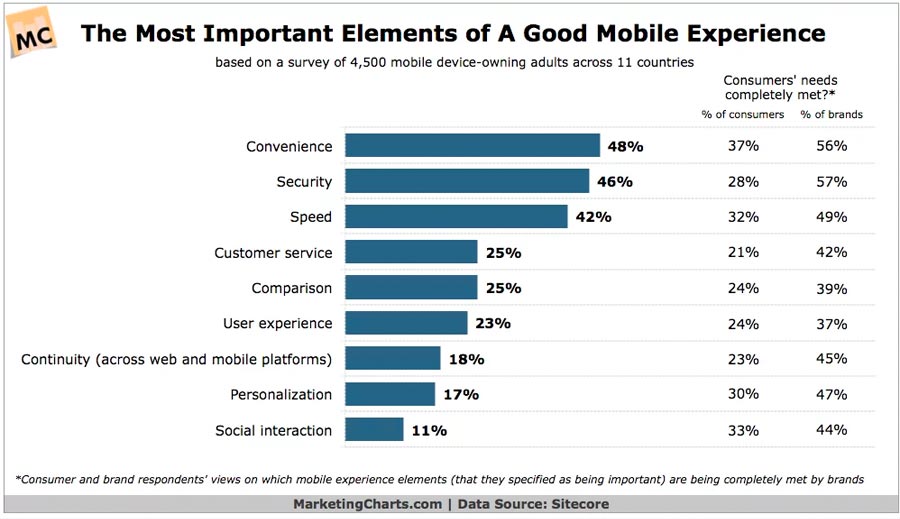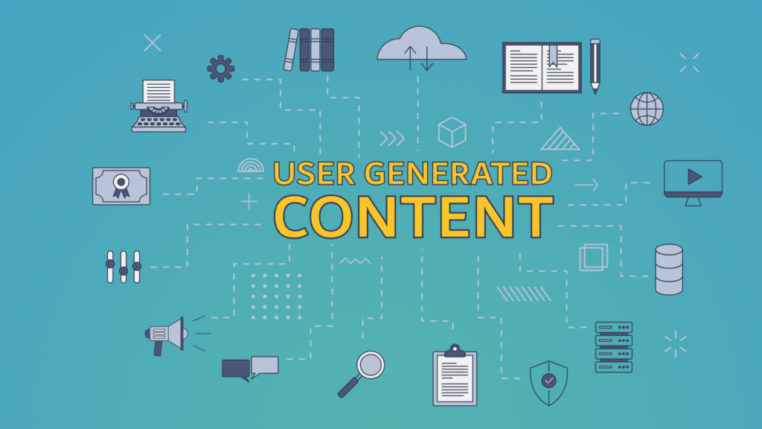Dos and Don'ts When Designing Your B2B Website

Table of Contents
B2B communication is all about leads generation and conversions. Companies depend on tactics like executive events, trade shows, and telemarketing to reach clients. And now, websites are rapidly gaining prominence as a way to reach audiences.
Designing a business-to-business (B2B) website is different from business-to-consumer (B2C) sites. Basics such as excellent design and responsiveness remain the same. But, B2B's are a bit more complex, requiring a deeper understanding of the audiences.
Our article will look at the dos and don'ts when designing your B2B website. You get to avoid the common mistakes that could be stopping you from collecting quality leads. Let's dive into it.
DO: A Proper End-Consumer Analysis
Before you start designing a website, do you know who you are talking to? Have you taken the time to do proper research on what they need? B2C customers buy from an emotional viewpoint. B2B customers base decisions on rationale because it is about business.
The type of business determines the content and design. When designing websites for nonprofit organizations, for example, it is all about attracting sponsors and donors. The focus would be to showcase success stories and highlight areas of need. Your B2B website should be about showing and convincing customers that you are better than the competitors.
The data you collect should take note of customer opinions and concerns. Ask what they feel about the products and the buyer experience. By understanding their pain points, it becomes easier to design your website with them in mind.
The marketing and sales team is also an important information source. They do, after all, deal with the customers every day. Any concerns or issues come directly to them.
DO: Understand What Your Audiences Want From a Website
Check out the pie chart below from a study on what customers want on a website.

Usability is the most significant issue. No matter how beautiful the design is, you will lose audiences if the UX is not pleasant. Make the site easy to navigate. Only have what adds value and helps visitors move from page to page with ease. Dropdown menus and categories help avoid clutter.
DO: Understand the Customer Buying Journey

Understanding the customer's buying process is critical. There are some basic stages:
- Interest and awareness that there is an issue that needs fixing
- Evaluation of the issue and deciding to fix it
- The decision to purchase and in the process of finding a solution provider
Your website is a tool for both you and your customers. You use it to sell, and they use it to find a solution to their problem. You must therefore support each step of the customer buying journey.
So, inform, persuade, educate and promote. However, have the user journey in mind for whatever you implement on the site.
DO: Optimize for Mobile devices

Ensure the designers optimize the site for mobile devices. B2B users are always on the move. Ensure you provide all the functionalities from the smart devices. Google also looks at mobile responsiveness when determining rankings.
DON'T: Forget the CTA and Lead Capture Tools
Here are some statistics on the importance of Call-To-Action (CTAs). Personalizing CTAs can increase conversion rates by 42%. Having a CTA with a video will increase click rates by up to 380%. Over 90% of site visitors who read headlines will also read the CTA.
A CTA subtly guides site visitors to take the action that you desire. It could be to join your email list or buy a specific product. You may also want them to check out other pages on your site. When including a CTA, do the following;
- Make it clear, using strong, concise phrases
- Do not clutter the page with too many CTAs to avoid confusion
- Include a value proposition to make it stronger
- Trigger words like join now, get instant access and get a free quote can elicit the right reaction.
- The design elements should include lead capture forms. Do not make them too complicated otherwise, no one will fill them.
DON'T: Create Content For The Sake Of It
B2B customers do not have a lot of time on their hands. They are, therefore, very strategic in the content they interact with. They are demanding of content that is:
- Relevant and adds value
- Factual without frills or fluff
- Informative
- Concise and straight to the point
Avoid hard-sell language while highlighting unique selling points. Customers want to know how you will provide solutions to identified problems. You must also show how you will help them achieve good returns at the lowest cost. Take advantage of content like:
- Product guides, how-to videos, and tutorials
- Industry news and insights
- Pricing and data sheets
- Webinars
- Trends and eBooks, to name a few
Search engine optimization is still a critical component of running any website. It provides a way to stand above the competition. When you do it correctly, the search engines will notice. You achieve good rankings and more visibility amongst the target audiences.
DON’T: Forget To Measure Performance
Setting up a website is the first step. Having things up and running is the next. However, it is crucial to keep up with measuring the performance. Only then can you make relevant changes to improve the user experience.
- Schedule site audits to check that everything is running as it should.
- Carry out speed tests to show responsiveness and page loading speeds.
- A/B testing on landing pages can help improve leads generation techniques
- Mobile responsiveness checks to ensure optimal performance and mobile devices.
There are many tools you can use to carry out website tests. Google search engine, for example, has such tools. GoogleInsights, Google PageSpeeds, and Google mobile responsiveness are examples.
Keeping up with tests allows you to stay ahead of the problem. Your B2B website must perform optimally at all times.
Final Thoughts
We have looked at the dos and don'ts when designing your B2B Website. Start by understanding your audience and their buying journey. Whatever you have on your website should provide value. Most importantly, it should help with the purchase process.
Share this article



